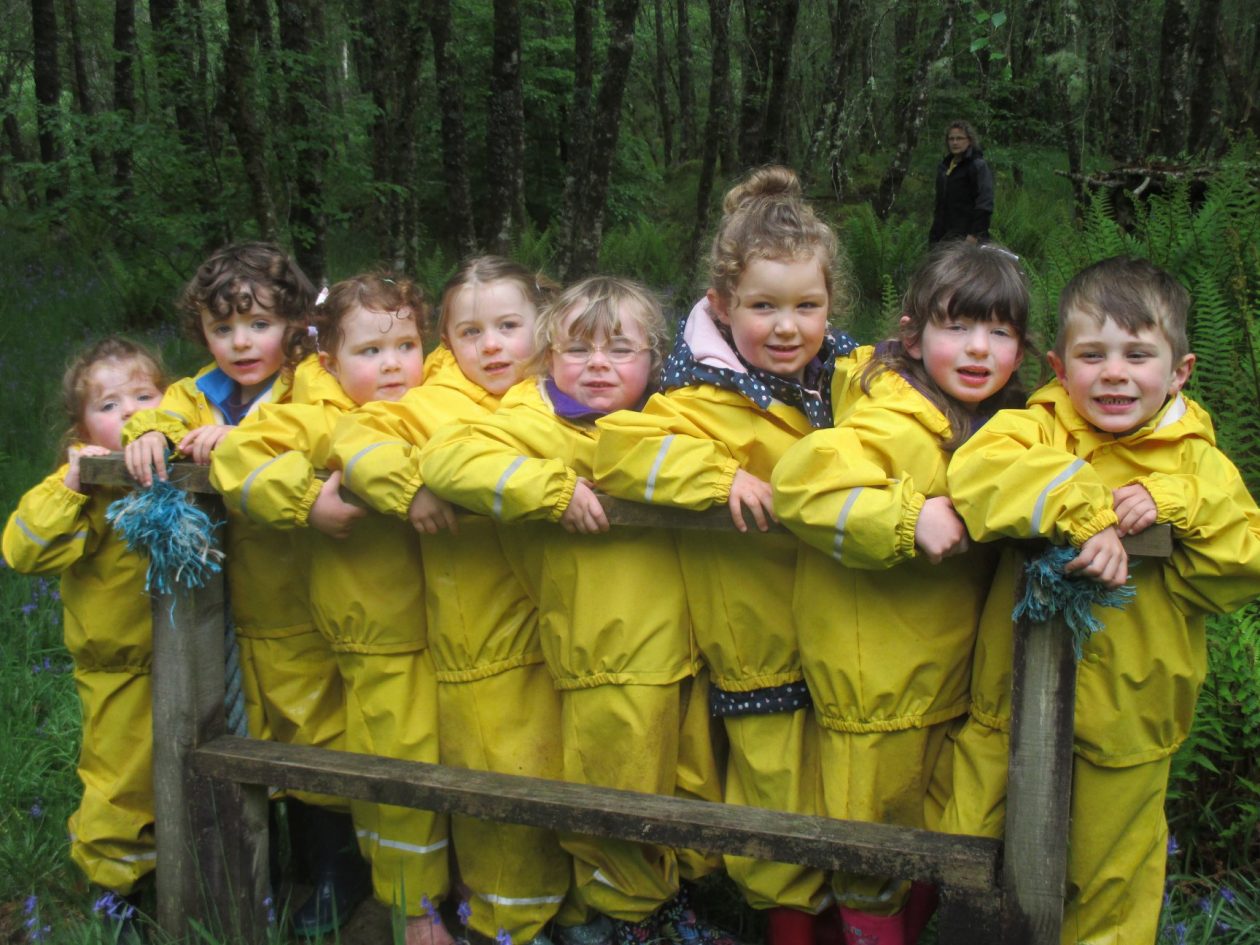
http://www.gov.scot/Topics/People/Young-People/gettingitright/wellbeing
The Children and Young People (Scotland) Act 2014 is about improving the wellbeing of children and young people in Scotland. The Act is wide ranging and includes key parts of the Getting it right for every child approach, commonly known as GIRFEC.
Wellbeing sits at the heart of the GIRFEC approach and reflects the need to tailor the support and help that children, young people and their parents are offered to support their wellbeing.
A child or young person’s wellbeing is influenced by everything around them and the different experiences and needs they have at different times in their lives.
IMAGE HERE
Wellbeing is broader than child protection and how we tend to think about welfare.
To help make sure everyone – children, young people, parents, and the services that support them – has a common understanding of what wellbeing means, we describe it in terms of eight indicators.
The eight wellbeing indicators are commonly referred to by their initial letters – SHANARRI.
Child protection services will continue to protect children and young people at risk of significant harm.
There are 8 indicators of wellbeing
-
Safe
Protected from abuse, neglect or harm at home, at school and in the community.
-
Healthy
Having the highest attainable standards of physical and mental health, access to suitable healthcare and support in learning to make healthy, safe choices
-
Achieving
Being supported and guided in learning and in the development of skills, confidence and self-esteem, at home, in school and in the community.
-
Nurtured
Having a nurturing place to live in a family setting, with additional help if needed, or, where possible, in a suitable care setting
-
Active
Having opportunities to take part in activities such as play, recreation and sport, which contribute to healthy growth and development, at home, in school and in the community.
-
Respected
Having the opportunity, along with carers, to be heard and involved in decisions that affect them.
-
Responsible
Having opportunities and encouragement to play active and responsible roles at home, in school and in the community, and where necessary, having appropriate guidance and supervision, and being involved in decisions that affect them.
-
Included
Having help to overcome social, educational, physical and economic inequalities, and being accepted as part of the community in which they live and learn.
How are the indicators used?
Each child is unique and there is no set level of wellbeing that children should achieve. Each child should be helped to reach their full potential as an individual.
The wellbeing indicators help make it easier for everyone to be consistent in how they consider the quality of a child or young person’s life at a particular point in time.
Families and people working with children and young people can use the wellbeing indicators to identify what help a child or young person needs in order to help them access the right support or advice.
All services working with children and young people, and those who care for them, must play their part to promote, support and safeguard children and young people’s wellbeing

